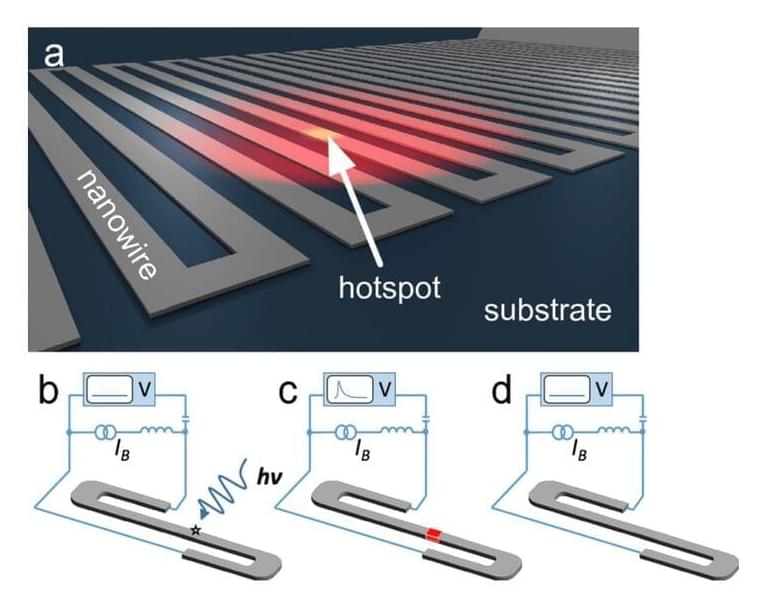Generative AI is quite impressive and has been the common denominator (in most cases) when tapping into new opportunities and unlocking new heights in the tech landscape. Microsoft has significantly benefited from the technology and is currently ranking as the world’s most valuable company, ahead of Apple with over $3 trillion in market capitalization. Market analysts attribute part of this success to its early investment and adoption of AI across its products and services.
Still, AI encounters its fair share of setbacks coupled with controversies and rumors. Perhaps one of the main challenges facing the technology is the lack of elaborate measures and guardrails to prevent it from spiraling out of control.
While relevant parties continue to try to establish control over the technology, billionaire Elon Musk predicts AI will be more intelligent than humans by the end of 2026 (via Business Insider). Musk shared these sentiments in an interview with Norges Bank CEO Nicolai Tangen on X (formerly Twitter).






